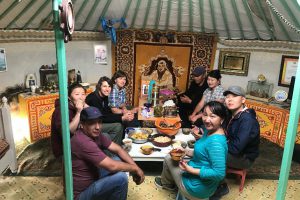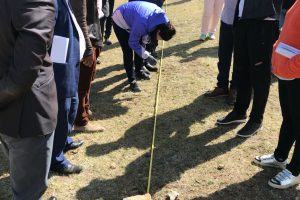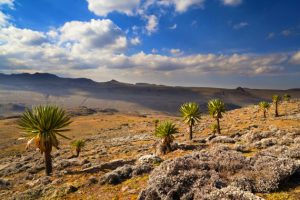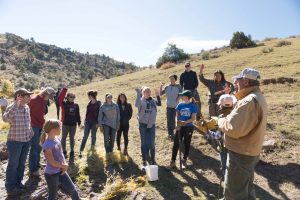Wildlife biology, plant ecology, and other natural resource sciences remain fundamental to conservation, but to ultimately succeed, conservation practitioners must learn the people side of the equation — listening and communicating, working with stakeholders, and more. Through coursework and experiential learning, we help both students and professionals develop the knowledge and skills necessary for collaborative conservation.



The Collaboration Resource Finder Tool (CRaFT) is a searchable database of more than 300 organizations and programs that can help you build skills and find tools to make you more effective in your collaborative conservation work.

The Warner College of Natural Resources is home to world-class faculty and staff who teach many aspects of conservation, including skills, tools, and approaches for collaborative conservation. There are many courses at CSU relevant to Collaborative Conservation.
363 Michael Smith Building
Warner College of Natural Resources
1401 Campus Delivery,
Colorado State University
Fort Collins, CO 80523
SEE MAP

Apply to CSU | Contact CSU | Disclaimer | Equal Opportunity | Privacy Statement
© 2021 Colorado State University